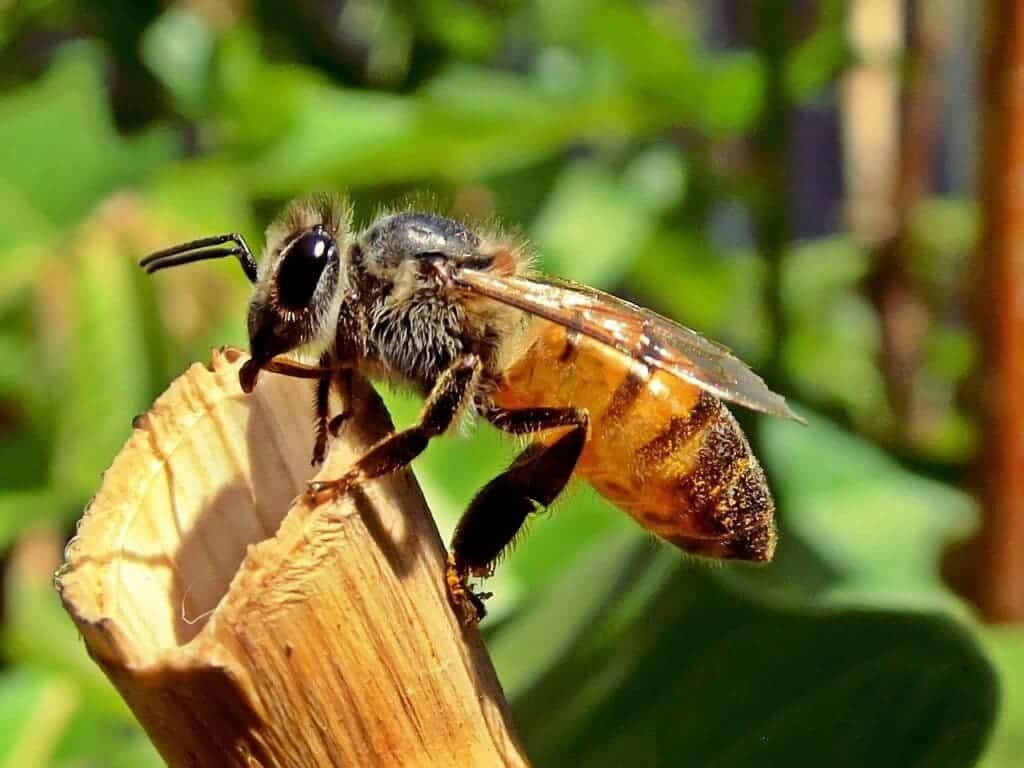Honeybees have shown themselves able to tell odd and even numbers apart, making them the only species besides humans known to have this ability.

The ability to tell odd numbers from even ones is known as parity categorization or classification. It is considered to be an abstract, high-level cognitive concept and as such, believed to be outside the possibilities of species other than humans. New research, however, comes to show that honeybees do have this ability.
An odd skill
For the study, the team trained individual bees on comparisons of odd and even numbers using cards with 1 to 10 shapes printed on them. The training was considered complete when the insects chose the correct answer with 80% accuracy. Bees were separated into one of two groups; one was trained to associate even numbers with sugar water and odd ones with quinine (a bitter liquid), and the other, the reverse.
One of the first interesting observations the team made was that bees that learned to associate odd numbers with sugar water learned more quickly than the second group. This, they report, is the opposite of humans, who are known to categorize even numbers more quickly.
Then, the bees were tested using numbers not shown during the training, such as 11 and 12. They managed to categorize these as even or odd with around 70% accuracy. This similarity between us and bees is all the more surprising, the team writes, as the human brain consists of 86 billion neurons, whereas a bee’s brain only consists of around 960,000 neurons.
The results suggest that parity tasks are much less complex to handle than previously thought, so the team set to work examining this issue further. They created an artificial neural network consisting of only 5 neurons and pitted it against a parity test. This consisted of up to 40 pulses, that the network needed to classify as either odd or even. It managed to do so with 100% accuracy. Such a result shows that solving a parity problem is simple in principle, and doesn’t necessarily require a big brain or very much computational power; however, it does not mean that the bees’ brains used the same mechanisms as the neural network to solve the problem.
The team says that studying how other species’ brains handle the issue of parity can help us better understand how abstract thought, and the ability to understand mathematics, emerged in the human brain.
Among other things, we know that the human brain has a bias regarding odd and even numbers, in the sense that our brains more quickly recognize and react to even numbers than odd ones. Whether this arises through culture or from evolution — or maybe even a combination of the two — is yet unknown. Studying how the brains of other species handle this bias and abstract thought, in general, can help us get to the bottom of the issue.
The paper “Numerosity Categorization by Parity in an Insect and Simple Neural Network” has been published in the journal Frontiers in Ecology and Evolution.
Was this helpful?



